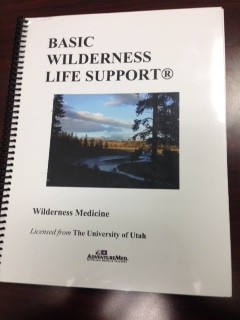Dirty Genes by Ben Lynch
The Big Idea: most chronic health problems are caused by impaired gene expression — which can be fixed by eating and living clean. Epigenetics is the process of turning genes on and off. Our genetic destiny isn’t fixed. Genetic expression is affected by our environment and our lifestyle choices (diet, exercise, sleep, stress, pollution.) Most…

